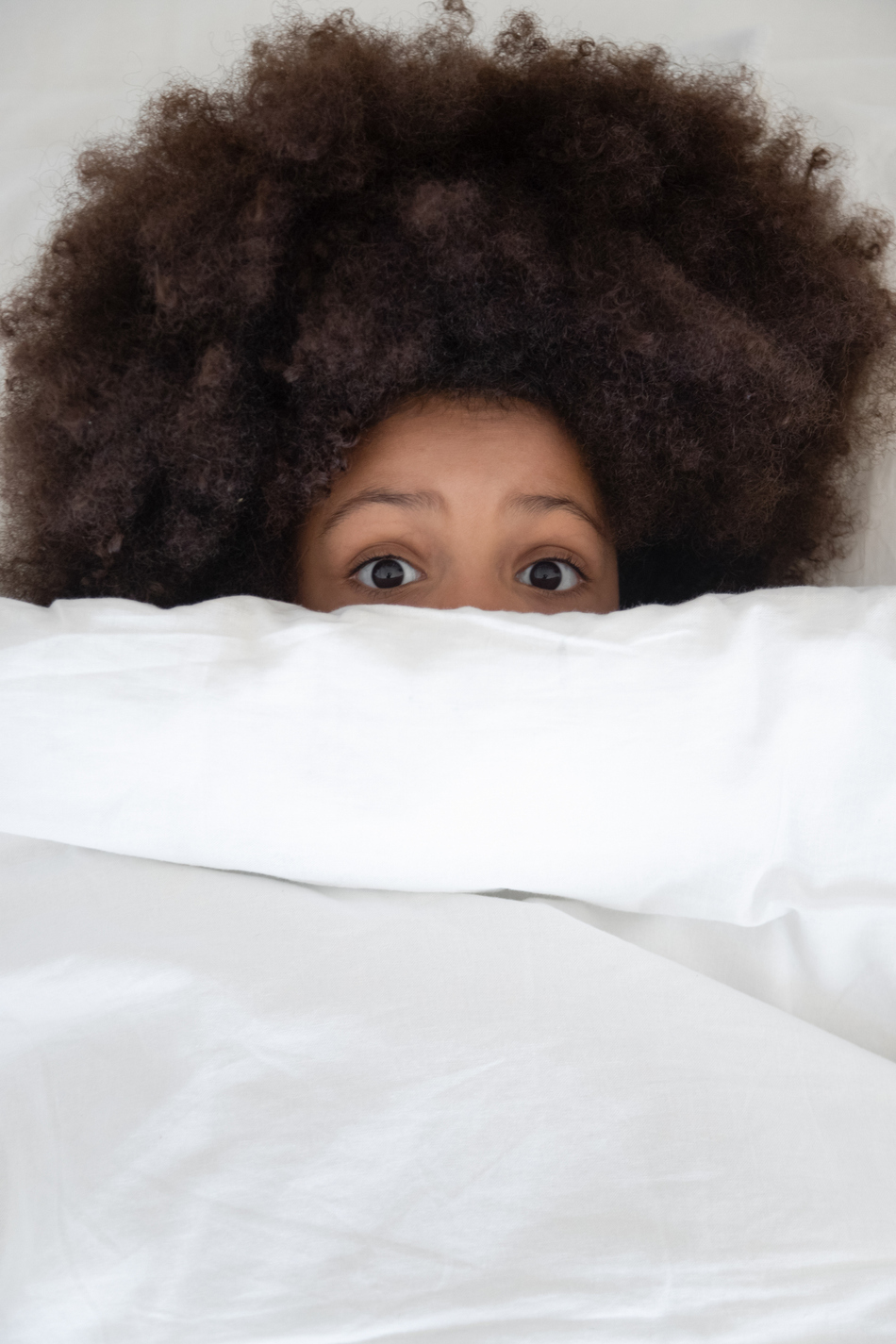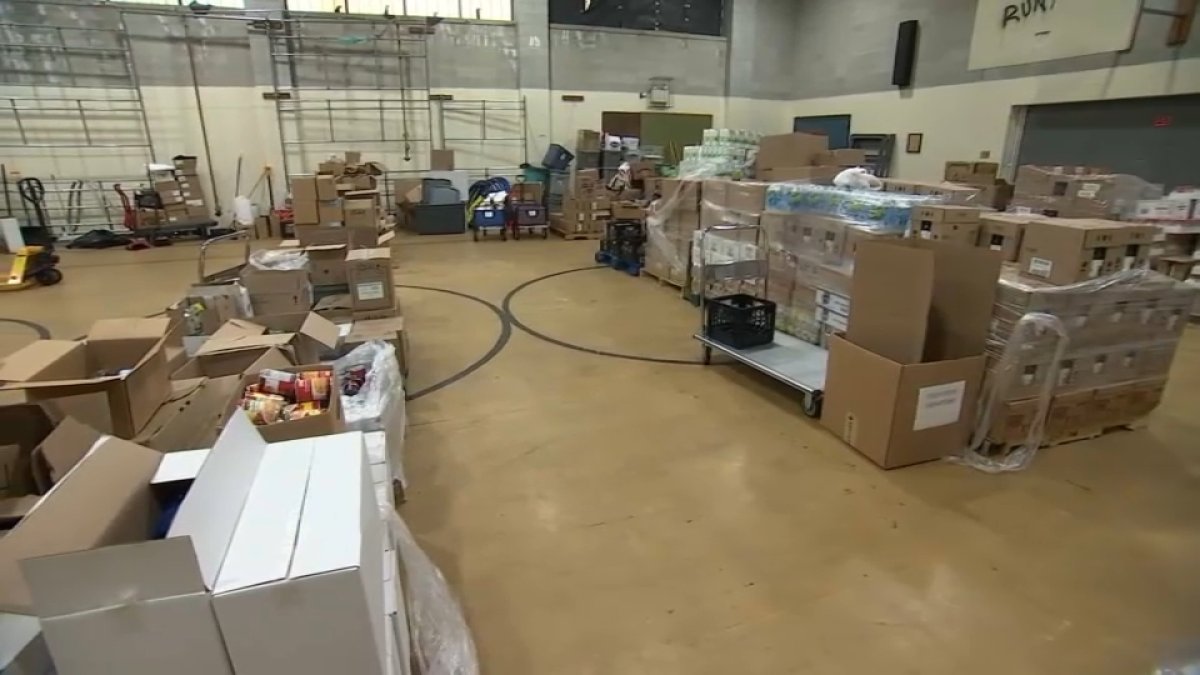
“It feels like a never-ending cycle,” said their mom, Michelle Huber of Louisville. “We are beyond exhausted.”
The 2022 winter season has been one of prolonged misery for many American families, full of sniffles, sore throats, coughs and trips to the emergency room as bugs kept at bay during the pandemic have been unleashed by the resumption of our old lives.
It’s like “a big bomb of viruses went off,” said Christina Lane, who runs a pediatric practice in New Albany, Ind., and has seen a crush of several hundred children with respiratory symptoms in the past three months.
Parainfluenza, respiratory syncytial virus (RSV), rhinovirus, adenovirus, influenza A, influenza B, respiratory enterovirus and human metapneumovirus. And then, there’s the rebounding coronavirus: The seven-day average of new daily cases is above 66,000, with hospitalizations above 40,000, the highest those numbers have been since mid-September and late August, respectively.
As Year 4 of the coronavirus pandemic approaches, Lane and other doctors agree the overlapping viral surges and how they are playing out are unusual and concerning: Patients with back-to-back respiratory illnesses. Simultaneous infection with three or more viruses, or with bacterial infections, such as Strep A. Otherwise healthy people suffering for weeks, rather than days, with simple colds.
Some U.S. hospitals and European health authorities also report out-of-season increases in scarlet fever and Group A streptococcus infections. As of Thursday, two children in the Denver area and 16 in the United Kingdom were confirmed to have died after infection with a rare, invasive form of the typically mild and common bacterial, rather than viral, infection.
But there is no consensus about whether what’s happening is a once-in-many-years phenomenon — perhaps some of it due to the hypervigilance of Americans who have become accustomed to scrutinizing every ache and pain for signs of infection with a potentially deadly virus — a change in how viruses behave that may be with us for a while, or something else entirely.
As of last week, nearly all 50 states were seeing a high or very high level of respiratory illness, and the Centers for Disease Control and Prevention warned that rates are likely to continue to increase. U.S. officials estimate that so far this season, there have been at least 13 million cases of flu, 120,000 hospitalizations and 7,300 deaths, including of 21 children.
Doctors say the chaos has resulted in frazzled parents begging for antibiotics (even when they are told it won’t help their children recover from viruses), shortages of basic essential medications such as fever reducers and albuterol to open airways, and a barrage of questions about the interaction of different viruses in our bodies.
How many bouts of illness in a short period is “normal?” Is there something about having covid-19 that hampers people’s ability to resist other viruses? Or is it normal for things to be so abnormal given our unusual situation, as we head into another covid winter?
“When you take a pandemic and then add co-circulation of other viruses in the mix, you might expect to see some weird things,” said Deepta Bhattacharya, an immunologist at the University of Arizona.
Misunderstandings about immunity
The first thing doctors stress when it comes to viruses is there’s a wide range of normal for how often an individual can get colds and other ailments, and still be considered healthy. On average, adults get two or three a year, according to the CDC, and children, even more. The very youngest of our species, those germ monsters who are babies, toddlers and preschoolers, can have as many as 12 colds a year.
Given the post-pandemic soup of viruses circulating today, those numbers might climb higher without any need for panic. Weill Cornell Medicine professor and immunologist John P. Moore said the health-care system may feel overloaded because “three years’ worth” of very young children are now being exposed to some viruses for the first time.
As we get deeper into a winter when so many seem suddenly sick at once, there’s also been a lot of talk on social media about a concept called “immunity debt.”
There’s no universal agreement about what it actually means.
Some scientists use the phrase to refer to the “immunity gap” that was created when susceptible people — especially young children — never developed immunity to certain common viral illnesses that largely disappeared during the pandemic, partly as a result of many families’ isolation and measures such as masking. As CDC Director Rochelle Walensky and other health officials have stressed, masking not only helps prevent infection with the coronavirus but also RSV, the flu and other airborne pathogens.
And now that those people are being infected, they are spreading viruses to others, who in turn infect even more people.
But the idea promoted on social media that the immune system can be seen as a muscle, and that masking and social distancing resulted in it being out of practice and as a result, weaker, has been criticized by numerous researchers as misguided and dangerous. It was seized on by anti-mask proponents following a May 2021 paper by French scientists, who worried about an infection rebound among children who did not get the full complement of childhood vaccines during the pandemic and were susceptible to common pathogens.
Immunity debt, they argue, implies that people should purposefully expose themselves to pathogens to get stronger. But science tells us that while young children may benefit from playing in the mud, for instance, the opposite is true of exposing them to lethal pathogens and other biohazards. If you get the coronavirus or other viruses, you are at a higher risk of complications such as heart disease or liver failure, not to mention post-viral syndromes like Epstein/Barr or ME/CFS.
“Idiocy,” tweeted one epidemiologist, while an immunologist wrote that “This is not a thing.”
A word on the idiocy known as “immunity debt”. How did such a nonsensical idea take hold?
Simple. The obvious mental model for our immune system is a muscle: use it or lose it. Muscles atrophy when we don’t use them. The same mental model works for our memories & skills.
1/19
— Colin Furness MISt PhD MPH (@FurnessColin) November 6, 2022
let the kids believe in santa. you still believe in “immunity debt”
— Harry Thomas (@DrHarryThomas) December 7, 2022
While scientists have learned a great deal about covid-19 in nearly three years of the pandemic, their knowledge is still limited about what happens when different viruses collide with each other: Might they amplify each other’s effects, or perhaps, tone them down?
There is a fair amount of research about a concept called viral interference, how one respiratory infection tends to give short-term protection against another as the body’s immune system rallies to fend off the first invader. The work is mostly in animal models and cell cultures but suggests that innate immunity — or the defense system people are born with — is activated by the first virus, often muting the effects of the second.
But this mechanism is not strong, Moore said, and does not always work. In fact, he explained, “if you are unlucky to be exposed to three different viruses simultaneously, there’s no law that says you can’t get all three.”
Some people may be more susceptible to severe disease than others due to genetics or a history of previous exposure to viruses, and certain combinations or sequences of viral infection may be better at producing more potent symptoms.
Coinfection with winter viruses is generally believed to be uncommon. There’s no clear data about whether that’s changed, at least temporarily post-pandemic, but the disruption caused by the unusual confluence of waves of the flu, RSV and covid-19 — and anecdotal reports of patients suffering from multiple infections — has doctors worried. Being infected with more than one virus makes it trickier to diagnose and treat, and ultimately leads to greater disease severity and complications.
On Thursday, a World Health Organization update about invasive strep A infections in kids reflected that viral coinfection “may increase the risk of invasive [group A streptococcal] disease.”
When the pandemic began, for example, some doctors believed it would be extremely rare for people to be infected with the flu and covid-19 at the same time. But then patients started showing up in emergency rooms with both, and studies later showed their outcomes were measurably worse than for patients with just covid-19. In a paper in the Lancet medical journal, researchers found that coinfection with the flu increased the odds of being put on a ventilator and death.
Some research suggests that the sequence of exposure may make a difference: A study published in the Journal of Virology in July suggests influenza infections may make it easier for someone to fend off the effects of covid-19 — but, for reasons no one has yet been able to explain, having covid does not appear to boost one’s resistance to the flu.
So how does covid-19 fit in to what we’re experiencing, especially since most Americans have been infected in the latest omicron waves?
Bhattacharya, the immunologist at the University of Arizona, said there have been questions about whether a bout with covid might impair one’s ability to fight other pathogens after small studies showed changes in immune cells. However, he said, “only a few studies found very, very few changes that last, and others have found nothing at all.”
Moore said it’s important to distinguish between individuals who are suffering from long covid who have all kinds of perturbations in their bodies, not just their immune systems, and long-term changes in population immunity. He called the idea of covid-induced immune deficiency, that covid-19 can act like HIV or measles, which are notoriously immunosuppressive, “fringe.”
“I’m not buying that idea,” Moore said. “It’s not supported by solid data.”
The families rotating in and out of Lane’s pediatric office in New Albany are a window into the viral purgatory facing so many families.
Shortly after dawn on a recent weekday morning, Lane scanned lab reports that had come in overnight: One child with RSV and adenovirus. Another with influenza A, rhinovirus and strep. Even after a few months of seeing kids like this, it still surprised her to see the mix of viruses circulating in her patients.
Since the chaos began in late summer, several dozen children — including her own son — have been so sick they had to be hospitalized. “They start with some typical flu-like symptoms and 24 hours later, they may be in full-on respiratory distress,” she said.
Lane has been in her office late many nights treating patients, and once, she had to plunge an EpiPen into one child to get them breathing before calling 911. “These are healthy kids, but by the time we get them, they are so tight they can’t breathe. I’ve never seen so many like this,” she said.
About two weeks ago, the child in crisis was her own son, Ethan, 17. When he arrived at the local emergency department, it was so full that they wheeled him into a corner in an annex area. By the time doctors got to him, she said, his breathing was so horrible he had to be put in pediatric intensive care. Doctors pumped oxygen and steroids into him for a few days, and now he’s recovering at home.
Ethan’s case was one of her worst, but there have been plenty of other families who have struggled for many weeks, or even months, she said.
Lane has been doing her best to protect her patients, and recently pleaded in a letter to the families in her practice: “If you have a new or young infant, be wise and try to cocoon them the best you can right now. Your entire church group, friend group, neighbors and their snotty kids do not need to see or hold your baby. That’s what FB or instagram are for.”
“Hospitals are incredibly full and ER wait times are atrocious,” she continued. “What could be a sniffle for them could end up putting your baby in the hospital.”
She’s also been urging patients and their families to stay up to date on flu and covid shots and consider masking.
Allison Edelen’s 5-year-old son, Crosby, another of Lane’s patients, started coughing the day before Halloween. “It was not his normal coughing,” she recalled, and a few days later, he was coughing to the point of throwing up. Whatever it was — doctors suspect RSV but did not test — jumped next to Penny, 2, and to Parks, their youngest at 5 months old.
“I was terrified,” she said. During one particularly brutal stretch of two weeks, Edelen was staying up all night giving breathing treatments to the kids every two hours. Two ear infections, one round of steroids and a pneumonia scare later, her husband caught the bug, too. But for him, it felt mostly like a mild cold. The week after he got better, he was slammed with the flu.
Most bafflingly, Edelen, 32, never got sick. “I was sanitizing our house like a crazy person,” she said.
Her family has finally been illness-free for about a week for the first time this season and decided to stick to pandemic-era protocols for at least the rest of the year in self-protection. “We go to church, but we are at the point where we are not doing anything else we don’t necessarily have to do,” she said.
As for the Huber family, Michelle was hoping that things were returning to normal this week as 5-year-old Vance transformed back to his old self: playing soccer, chasing after their dog and making other mischief on their farm. But then one night, she noticed he had a slightly runny nose. Within a couple of days, that turned into a fever of 101.4 — Round 4 of respiratory viruses in three months for the little guy.
“I’m one of those people who is a planner,” she said. “It’s very frustrating to take it day by day, but at least we’re not alone. … Otherwise I would be hard-pressed to think this is real.”






